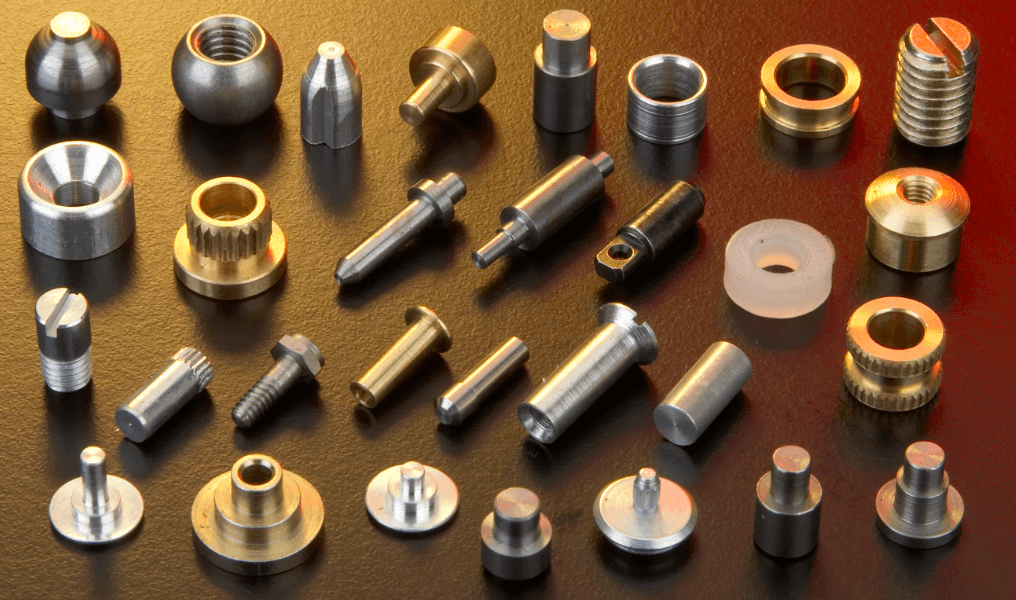Types, Applications and CNC Machining of Steel Turned Parts
Learn all about steel turned parts, from understanding the machining process and the types of steel used to their applications in various industries. Learn about the benefits of CNC turning, the challenges faced, and tips for choosing the right manufacturer.
1.Understanding Steel Turned Parts
It is quite easy to understand, especially if you have experience in machining and the industrial field. However, for the benefit of everyone, let me briefly discuss what steel turned parts are.
As far as terminology is concerned, these materials are made of steel and undergo a “turning” process to produce the part or component. Turning is the process where a workpiece or material is mounted on a lathe and the workpiece or material is suddenly turned when it collides with the cutting tool.
Steel turned parts are very well known in the industrial field and they can be seen in many different commercial industries. This leads to the next question,
2.Features of CNC Turned Parts
CNC (Computer Numerical Control) turning is an efficient method of manufacturing cylindrical shapes that involves rotating a rod on a chuck and using a cutting tool to remove material, thus creating the desired shape. This method is capable of creating circular or cylindrical shapes with rotational symmetry and internal features such as holes and threads.
The process provides tight control over the surface finish required for a smooth surface and may be able to match a given tolerance, taking into account machine capabilities as well as part geometry.
Due to its rotational nature, in the produced parts, symmetry is formed around the axis of rotation, unlike hard-created asymmetrical features.
In addition, CNC lathes are capable of making complex contour fillets and chamfers. But the size of the geometrically cut parts depends on the lathe’s capabilities, with larger lathes being able to handle larger parts efficiently.
Secondly, the benefits of CNC turning include the ability to produce precise external and internal threads, making this technology vital not just in one industry but across multiple applications.
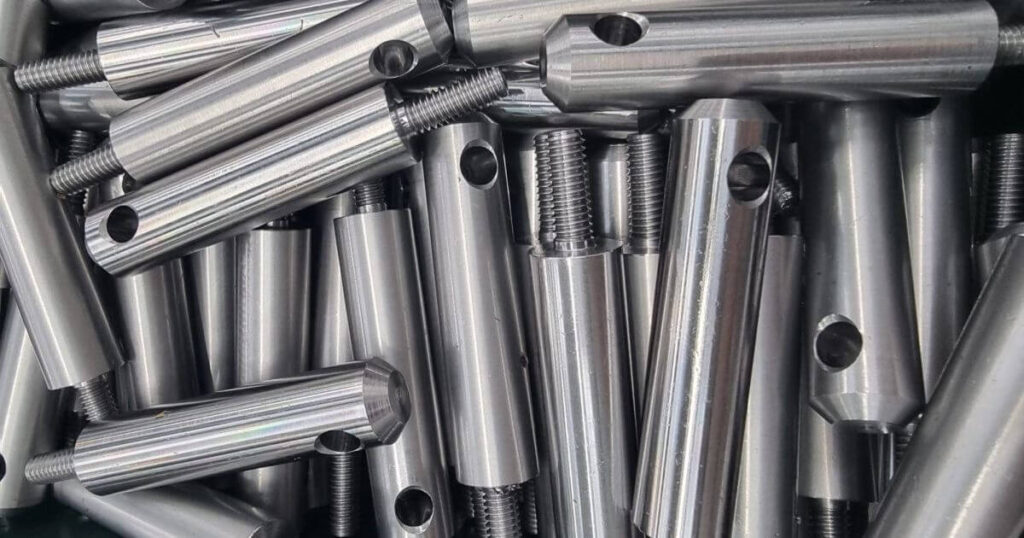
3.Industries where steel turned parts are used
Steel turned parts are flexible, versatile parts and components that are commonly used in a variety of industries.
However, the most common are the following industries:
- Machinery and Industrial Equipment Industry
- Automotive and Aerospace Industry
- Marine and Maritime Industry
- Shipyards and Shipbuilding Industry
- Electronics and Technology Industry
- Heating, Ventilation and Air Conditioning (HVAC) Industry
- Medical and Pharmaceutical Industry
- Many More
Steel, regardless of its type, is a flexible material that is often used in different businesses due to its strength, versatility, flexibility, durability, and adaptability.
4.Understanding CNC Precision Machining
These are parts or components that are manufactured through computer numerically controlled machines and equipment. In short, these are computer-aided and assisted manufacturing methods that usually do not require human intervention or involvement.
The process, of course, would be turning, or the material or workpiece is fixed and mounted to the machine and rotated while the material is reduced or subtracted using a cutting tool.
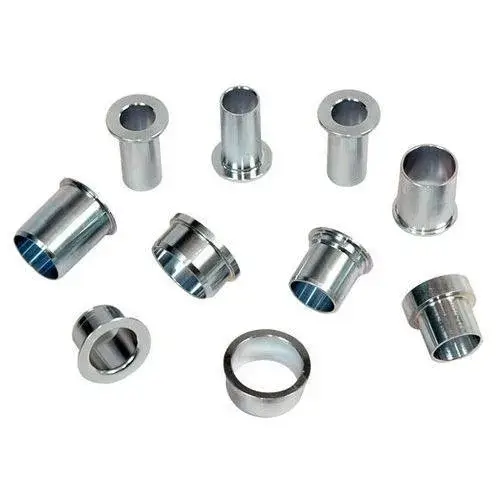
5.Types of Steel Used in CNC Turning
Steel turning is a vague term, in fact, it is one of those terms that can be narrowed down further to help better and more specifically identify and determine the type of end result.
First, there are several types of steel that are used to make steel turned parts and components for various machines and equipment, these include:
1) Alloy Steel
This is a specific type of steel that is made with one or more metals other than iron.
2) Carbon Steel
Just because they are labeled as “carbon” steel does not mean they are made of 100% carbon. Carbon steels vary in their carbon content, but generally speaking, carbon steels have a higher carbon content, making them stronger and more durable, but more brittle.
3) Stainless Steel
Stainless steel is one of the rarest and most unique steels because it contains about 10% to 20% chromium, making it more and more corrosion and wear resistant. In case you didn’t know, stainless steel is a type of steel that is commonly used for outdoor fencing and exposure to the elements.
4) Tool Steel
Last but definitely not least is tool steel. They are known as one of the most durable and heat resistant types of metals because they contain vanadium, cobalt, tungsten, and molybdenum. This alloy combination makes them strong and durable for a variety of applications, such as drills and other tools, hence the name “tool steel”.
These are the most commonly used different types of steel used to produce steel turned parts and components. But please note that these are general classifications and specifications of steel and are not limited to these.
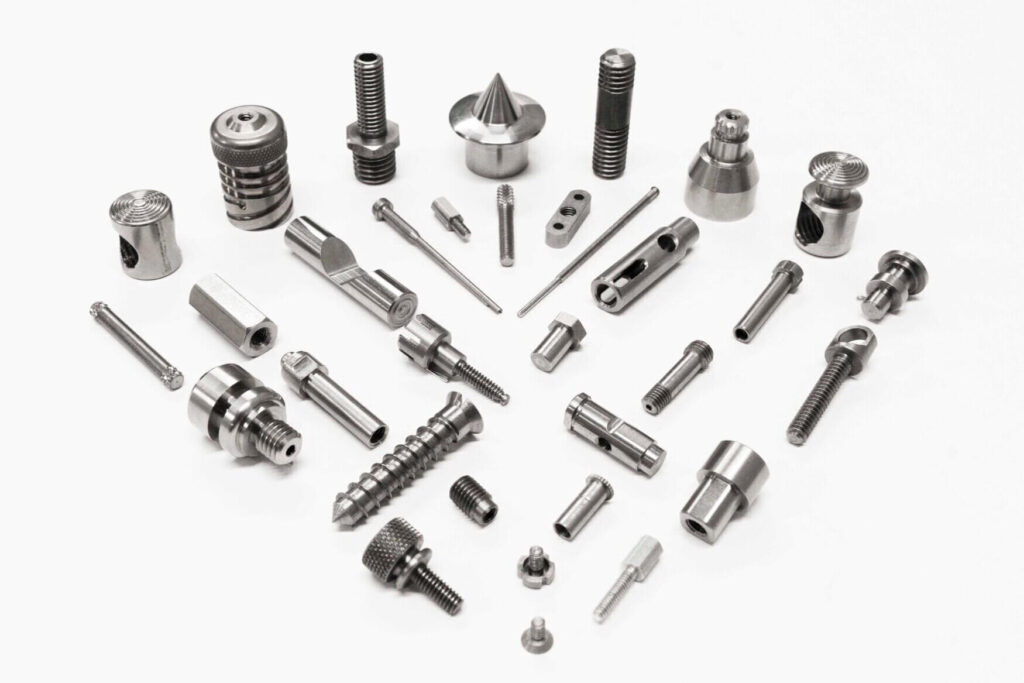
6.Best Steel for Turning
Of all the different types of steel, experts and manufacturers consider stainless steel to be the best and easiest type of steel to machine because of its flexibility, versatility, adaptability, etc.
They also have excellent strength and resistance properties and have excellent weldability and formability that are important for a variety of applications.
7.Mild Steel Used in CNC Turning
Yes, like all other types of steel, mild steel can be turned. However, there is a problem with the machining of mild steel. This problem revolves around their ductility, they are too soft and have a gel or “jelly-like” consistency that makes it difficult to hold a shape, especially during turning.
However, with the right skills, tools, and procedures, mild steel can be turned and machined with ease.
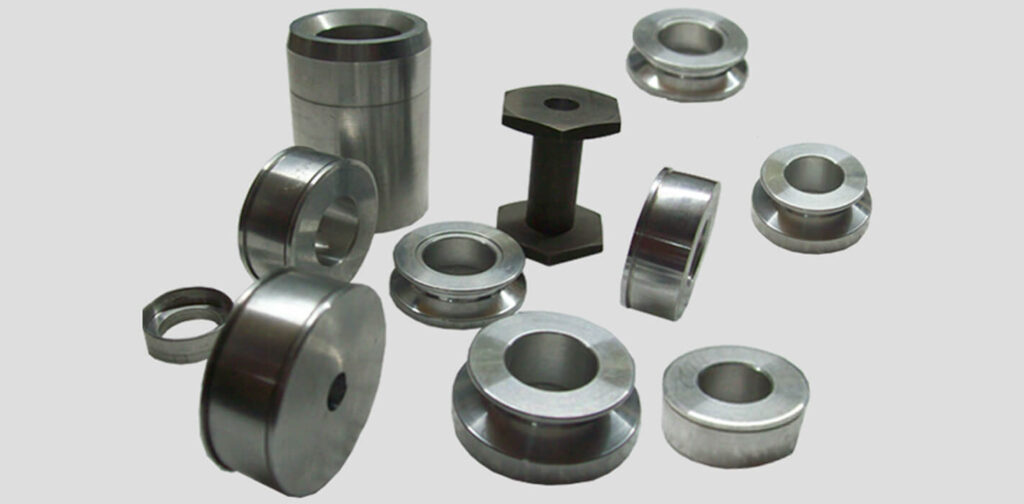
8.Tolerances that can be achieved on steel turned parts
In CNC turning, the following tolerances are typically achieved on steel turned parts: ±0.001 to ±5 inches (24 microns – 139 microns). However, the specific tangible tolerances that are possible will be affected by factors such as the machining capabilities of the CNC machine, tool material properties, the quality level of the part geometry, and environmental conditions.
These factors combined ultimately determine the specific tolerances that can be achieved on steel turned parts using standard pillars.
9.Surface treatments that can be applied to steel turned parts
Of course, surface treatments can be applied to steel turned parts. CNC turning operations are able to apply different types of surface treatments to suit the needs. What really matters when choosing a surface treatment is the material being used, the intended use of the part, and aesthetic considerations.
- Smooth or Polished Surface: This surface produces a very smooth and mirror-like surface, ideal for low friction requirements that require a somewhat less rough appearance.
- Brushed Surface: A brushed surface finish creates fine parallel lines on the surface of the steel, providing an aesthetically pleasing look and feel.
- Sandblasting: Sandblasting is the process of spraying abrasive particles onto the surface of a steel object and creating a matte uniform texture that can be used to reduce glare, thereby improving grip.
- Anodizing: Used primarily on aluminum, anodizing can be applied to steel to enhance corrosion resistance and is available in a variety of color options.
- Plating: Steel parts can be plated with other materials such as chrome, nickel or zinc to improve their appearance and increase durability.
- Paint or powder coating: These finishes provide color and protection to the steel surface, offering a full range of aesthetic options.
- Electropolishing: This operation produces a smoother, brighter surface that provides better corrosion resistance and a more attractive appearance.
10.Challenges of CNC Turning Steel
Tool wear, heat vibration and material variation are some of the challenges faced when turning steel parts using CNC. The hardness of steel parts requires frequent tool changes, in addition, efficient cooling, reduced vibration and chatter require machine stability and matching standards for feed rate and cutting depth.
It is also important to understand the grade of steel; since the chips are sharp, a chip control strategy is required. Certain geometries may require multiple positions, and fixturing of the workpiece is critical.
In addition, the cost of high-quality steel, tooling, and maintenance can also affect utility. Even with these difficulties, steel CNC turning remains an ideal method for producing high-precision products required by many industries.
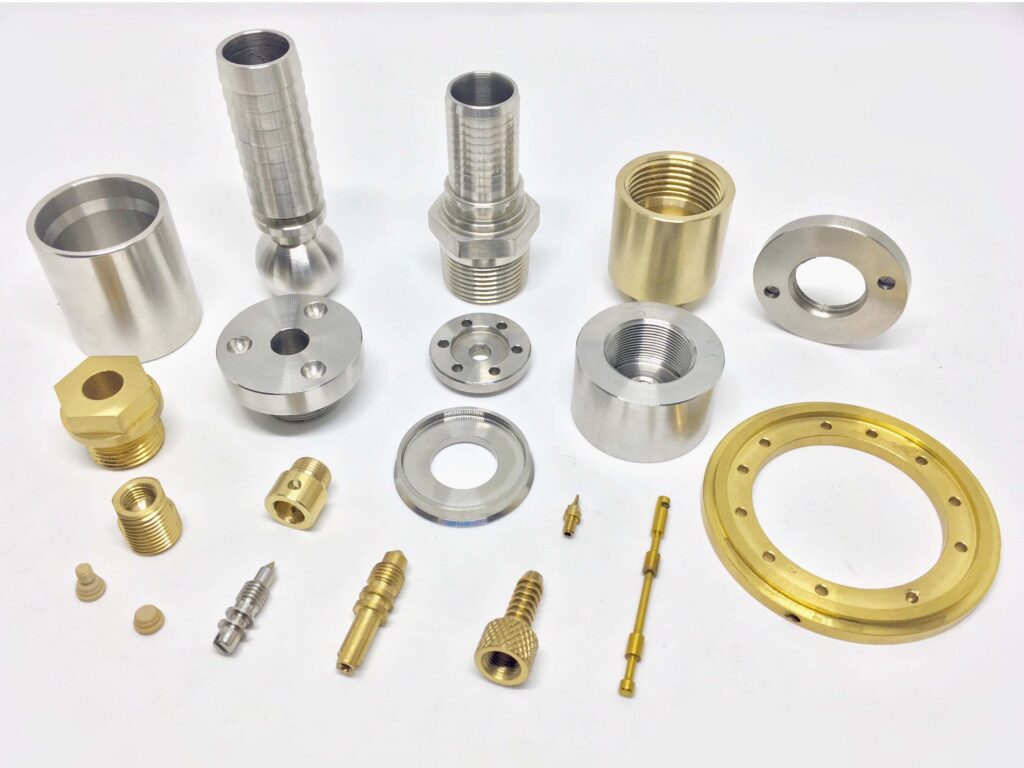
11.A Guide to Custom CNC Turned Parts
When sourcing CNC turned custom parts, manufacturers must ensure that the entire process is streamlined. First, state your project requirements in a clear manner. You will need to provide details on material type, size tolerance, and surface finish.
Then, select a reliable supplier that can provide top-notch CNC turning services and deliver precise rigor.
Get three quotes from manufacturers using more detailed drawings or CAD files to ensure accuracy. Compare quotes using the price, lead time, and capacity approach. Work with the manufacturer to select materials by other considerations such as strength and corrosion resistance.
Provide your required tolerances and specified finish, and request the quality control procedures used by this manufacturer. Raise questions about production lead times and shipping methods to work with your project schedule. During the project, communication should be constant, and submitting prototypes or samples should be emphasized if possible.
Be upfront with pricing details, payment terms (including other charges); determine the shipping method and packaging that suits your needs to ensure safe transportation of the custom turned parts. Once you receive these parts, inspect them to ensure that the items meet your specifications.
These steps will bring order to chaos and keep your CNC turned parts production running smoothly.
12.Trustworthy Steel Turned Parts Manufacturer
You have come across or encountered numerous Steel Turned Parts manufacturers and suppliers in the market, have you ever found a good manufacturer like us Xavier? We have always been the best in machining stainless steel turned parts, spare parts, cast steel turned parts, nuts and bolts, screw nuts, etc.!
So if you have any questions or queries, or if you are interested in working with us, send us a message and upload the draft of the product you want to produce.
